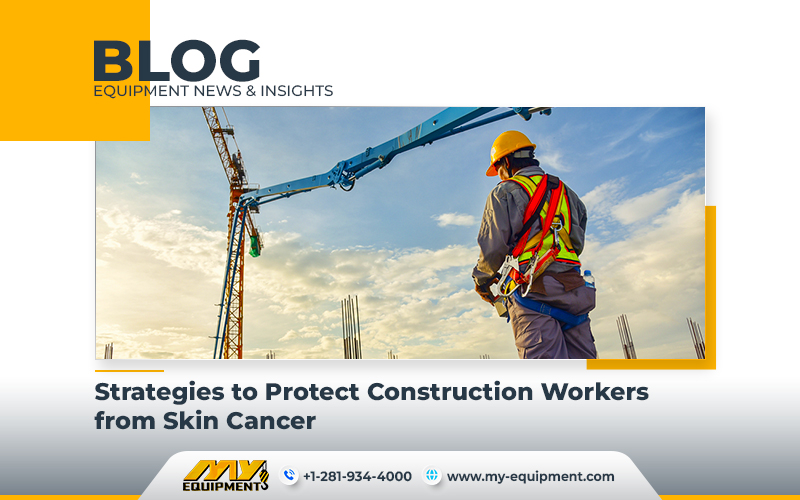Skin cancer poses a significant risk to construction workers due to their increased exposure to harmful ultraviolet (UV) radiation in outdoor environments. As Skin Cancer Awareness Month is here, it is crucial to address this occupational health concern. Several studies have highlighted the rising incidence of skin cancer among construction workers and the importance of preventative measures. This article discusses key findings and provides actionable strategies to mitigate the risk of skin cancer among construction workers.
Rising Incidence of Skin Cancer among Construction Workers
– Increased UV radiation exposure: The nature of construction work necessitates prolonged outdoor exposure, resulting in heightened exposure to UV radiation.
– Canadian study findings: A recent study conducted in Ontario projects a tripling of non-melanoma skin cancer cases attributable to construction work by 2060.
– German construction industry: Reports indicate that skin cancer is expected to become the most common occupational disease in the German construction industry, particularly affecting civil engineering and road building workers.
– Vitamin D deficiency: A study in Scotland revealed that nearly half of the construction workers who worked outside during winter had low vitamin D levels, potentially increasing their risk of skin cancer.
Importance of Preventative Measures
– Inadequate sun protection behavior: Research conducted among agricultural and construction workers in the United States highlighted how low utilization of sunscreen, shade-seeking behavior, and not wearing safety apparel, is contributing to the risk of skin cancer.
– Easy preventative practices: A U.S. study identified five simple measures to reduce the risk of skin cancer among construction workers, including seeking shade, using sunscreen (SPF 15 or higher), wearing wide-brimmed hats, long-sleeved shirts, and long trousers.
– Frequency of sun protection usage: Although a majority of construction workers claimed to use some form of sun protection, the frequency of usage varied and remained insufficient.
The Role of Employers in Promoting Sun Safety
– Addressing knowledge-action gap: While construction workers may be aware of preventive measures, encouraging compliance can be challenging. Employers play a crucial role in fostering a sun-safe culture.
– UV radiation monitoring: Equipping workers with wearable UV sensors revealed significant exposure to UV radiation, surpassing recommended limits. Employers can use this data to assess risks accurately.
– Nudging employees: Employers can adopt nudging strategies, such as health promotion programs, risk-based UV exposure controls, health surveillance for early detection, and utilizing text messages or location-based apps to remind workers to stay safe in the sun.
– Scheduling considerations: When feasible, employers should schedule outdoor work outside peak UV radiation hours (10 a.m. to 4 p.m.) to minimize exposure.
Protective Clothing and Work Environment Modifications
– Protective clothing benefits: Wearing long-sleeved shirts, trousers, and neck coverings while working outdoors can significantly reduce the number of work-related skin malignancies.
– Work environment modifications: Employers can implement engineering controls, such as providing shaded areas and protective barriers, to reduce direct UV radiation exposure.
Skin cancer presents a growing occupational health concern for construction workers due to their heightened exposure to UV radiation. By implementing proactive strategies, employers can promote sun-safe behavior among workers, mitigate the risk of skin cancer, and create a healthier work environment. Encouraging the use of protective clothing, facilitating behavior change through nudging techniques, and modifying work schedules and environments can significantly contribute to reducing the incidence of skin cancer among construction workers.


 1400 Broadfield Blvd, Houston, TX 77084,
USA.
1400 Broadfield Blvd, Houston, TX 77084,
USA.